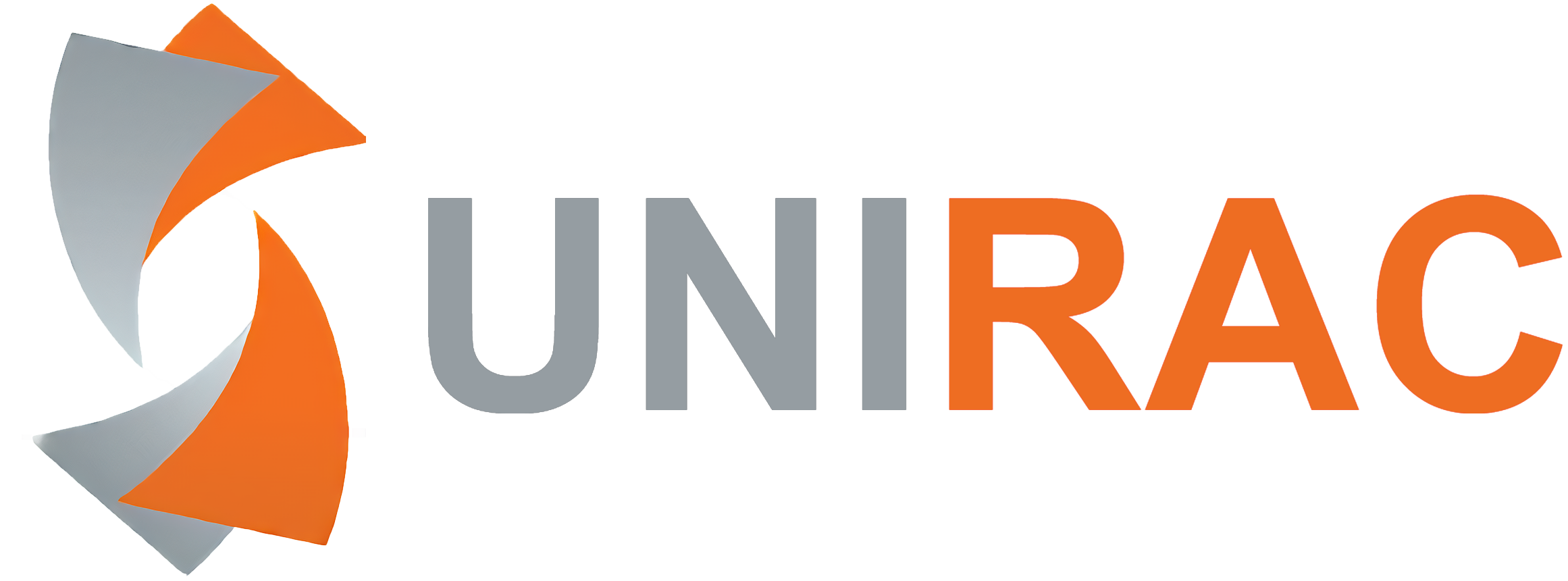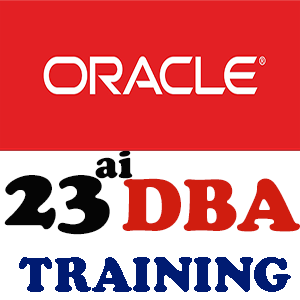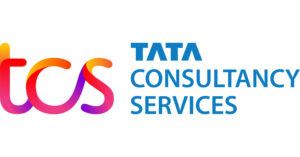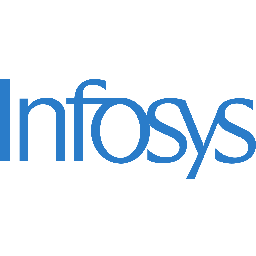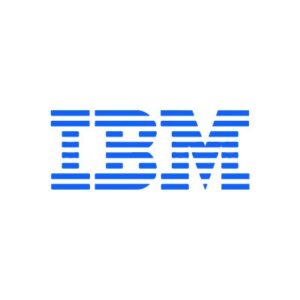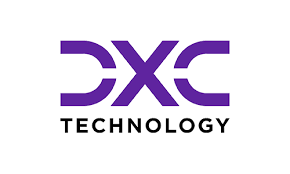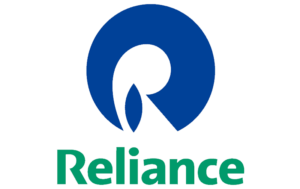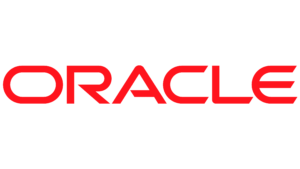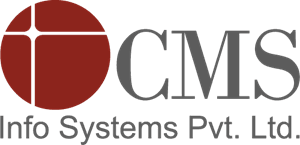What is an Oracle DBA?
In general terms, a database administrator (DBA) is responsible for the organization, integrity, and management of a company’s data. While the specific roles, responsibilities, duties, and job titles of a DBA can vary greatly, the DBA typically applies knowledge of database management systems (DBMS) to define, create, maintain, back up, and secure an organization’s databases.
1. The principal objective of the DBA is to ensure that authenticated users have access to the data they need, when they need it.
2. The DBA has excellent problem-solving abilities, a high level of expertise in the relevant database(s) and related technologies, and knows how to communicate effectively with a range of techies and non-techies alike.
3. All industries rely heavily on databases DBAs work closely with business analysts and information systems managers to select or develop databases that support business needs and keep those databases running smoothly and securely.
Curriculum – ORACLE DBA 23ai
Installation, Configuration, Network Settings, Hostname, Mount Points, Firewall, Security Settings.
Getting Started, File Management, Directories, File permissions, Environment, Pipes, Filters, Processes, The Vi Editor
ORACLE 19c on Oracle Linux, Bash profile configuration, Memory Configuration, other parameters.
Introduction, History, Oracle Tools, DataTypes, DDL, DML, Joins, Functions.
Using Silent Method, Creating and Configuring 19c Database on Oracle Linux.
Installation Silent Method
New Features
Shrink Tablespace
Shrink Big Datafile Tablespace
SQL Plan Management
DBMS_SPM
Managing Transactions
Column Auditing
DB Developer Role
Schema Privileges
SQL firewall
Oracle Database 23ai Technical Architecture
Defining an Oracle Server, Database, Instance. Understanding Physical Structure, Memory Structure, Process Structure, Logical Structure, Execution of SQL Statements, User Session.
Typical and Custom Install, Planning Database Files Locations, Operating System Environment,DBConfiguration Assistant(DBCA),Using Silent Method, Understanding TS, Changing Initialization parameters - SGA size, Processes, TS Naming Conventions, Block Sizes, Type of DB, Dropping a Database.
Creating and Managing Initialization files - PFILE and SPFILE, Adv. of SPFILE over PFILE Identifying the various states/options of Instance Startup/Shutdown, DB Mount/Open stages Monitoring Alert and Trace Files in udump, bdump and cdump for DB Troubleshooting Configuring System Global Area (SGA) - DB Buffer Cache, Log Buffer and Shared Pool Understanding Background Processes - Mandatory/Optional and the jobs performed by them using the Data Dictionary to retrieve information about the database - V$, DBA_ views.
Importance, Role, Sizing, Contents, Multiplexing and Backing up of the Control File Purpose of and how online redo log files work with their associated Background Processes Controlling log switches and checkpoints, Multiplexing and Archiving online redo log files.
Basics of Multitenant Container Database, Configuring and Creating CDBs and PDBs, Managing CDB and PDBs,Using DBCA to clone,plug,unplug,delete,create,Finding History,Switch from CDB to PDB and PDB to CDB, Enabling CDB feature.
Creating and Altering Tablespaces, adding, resizing, renaming and relocating a Datafile. Tablespace offline, online, readonly, readwrite, Temporary tablespace groups, multiple blocks Creating and Managing a Tablespace when using OMF and the advantages of OMF feature Extent management- Dictionary Managed and Locally Managed Tablespaces (AUTOALLOCATE, UNIFORM) and advantages of locally managed over dictionary managed tablespaces Big File Tablespace, Temporary Tablespace Group.
Understanding Oracle Undo Segments, Undo Data versus Redo Data, Retention Policy, Retention Guarantee/Nogurantee, Switching Undo Tablespace,troubleshooting and resolving errors.
Oracle Net Services Server-side Configuration, Oracle Net Services Client-Side Configuration, Listener start/stop/status, Use tnsping to test Oracle Net connectivity,troubleshooting errors.
Backup Introduction
Physical Backup
Logical Backup
Physical Backups - Hot, Cold, Exports & Imports, Datapumps, User Managed RMAN Backups and Recovery, RMAN Configuration, RMAN Catalog, Crosscheck, Delete Obsolete, RMAN Incremental Backups,Parallelism,Compression,RMAN Recoveries, Duplicating Database using RMAN,Rename dbname with RMAN, Recovery Scenarious,Redo log file lost, Datafile lost, Restoring archives etc,.
High Availability - Oracle Dataguard, Introduction to Oracle Data Guard
Creating a Physical Standby Database, Data Guard Protection Modes, Redo Transport Services, Apply Services, Role Transitions, Data Guard Scenarios, Troubleshooting Data Guard, Creating a Standby Database with Recovery Manager
Using Oracle Active Data Guard
Creating and Managing a Snapshot Standby Database
Monitoring a Data Guard Configuration.
Overview of Tuning Phases, Goals, Methodology and Common Performance problems DB Conf. and I/O Issues,AWR ,ADDM reports,Instance Tuning,SQL Tuning,Index Tuning
Will Learn how to apply Patch using Opatch Tool.
Pre-requisites
listing Patches
identifing Conflicts
rollback patches
Upgradation
Work with Oracle Support, Log service requests (SR), Manage patches,Crontab Scheduling,Putty.
Interview Preparation,Mock interview,Doubt Clearance,Understanding HR,Manager,Technical Rounds.
Will Provide Support using WhatsApp and Skype with remote access to fix the doubts during Course Duration with in Working Hours.
